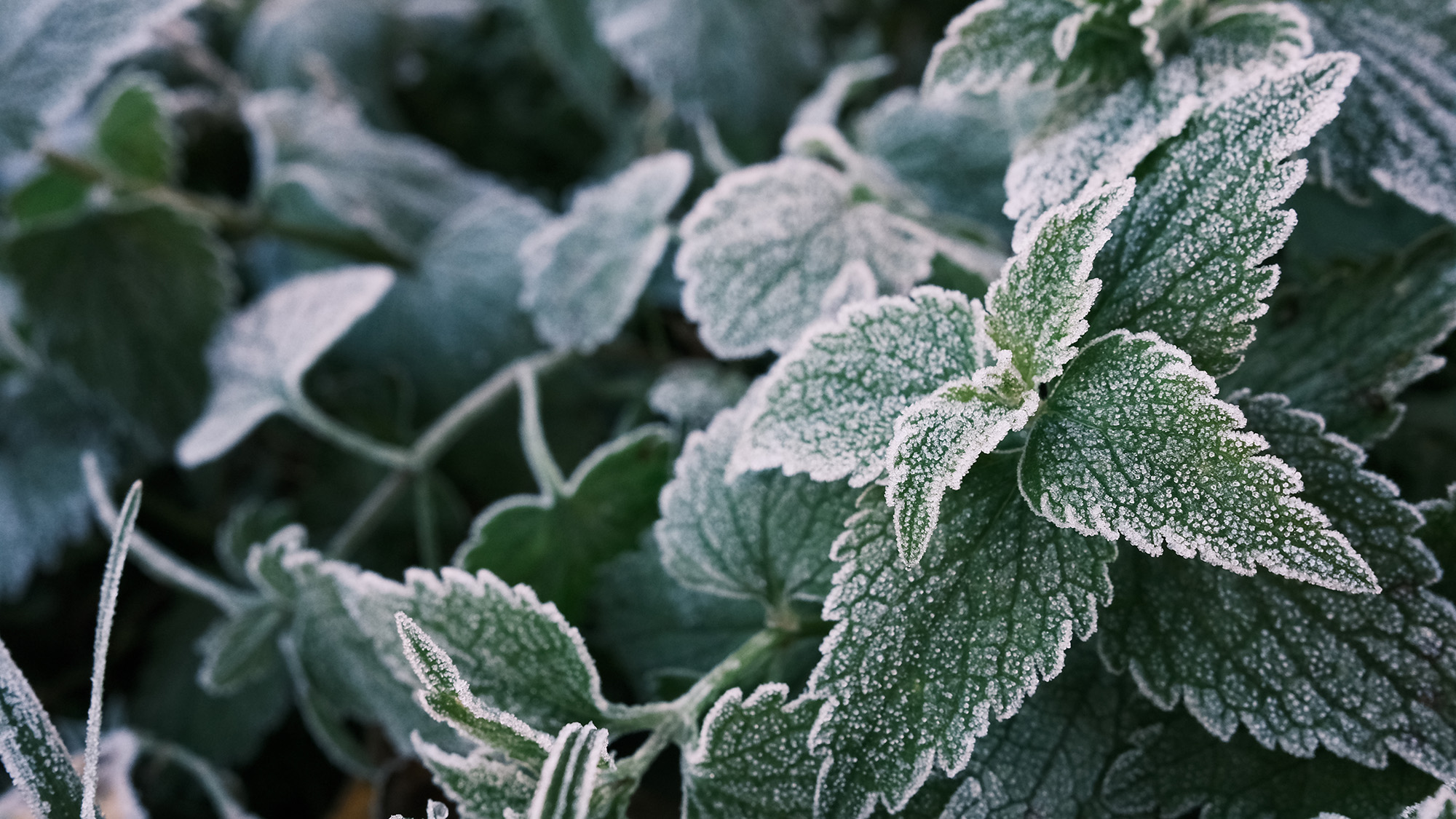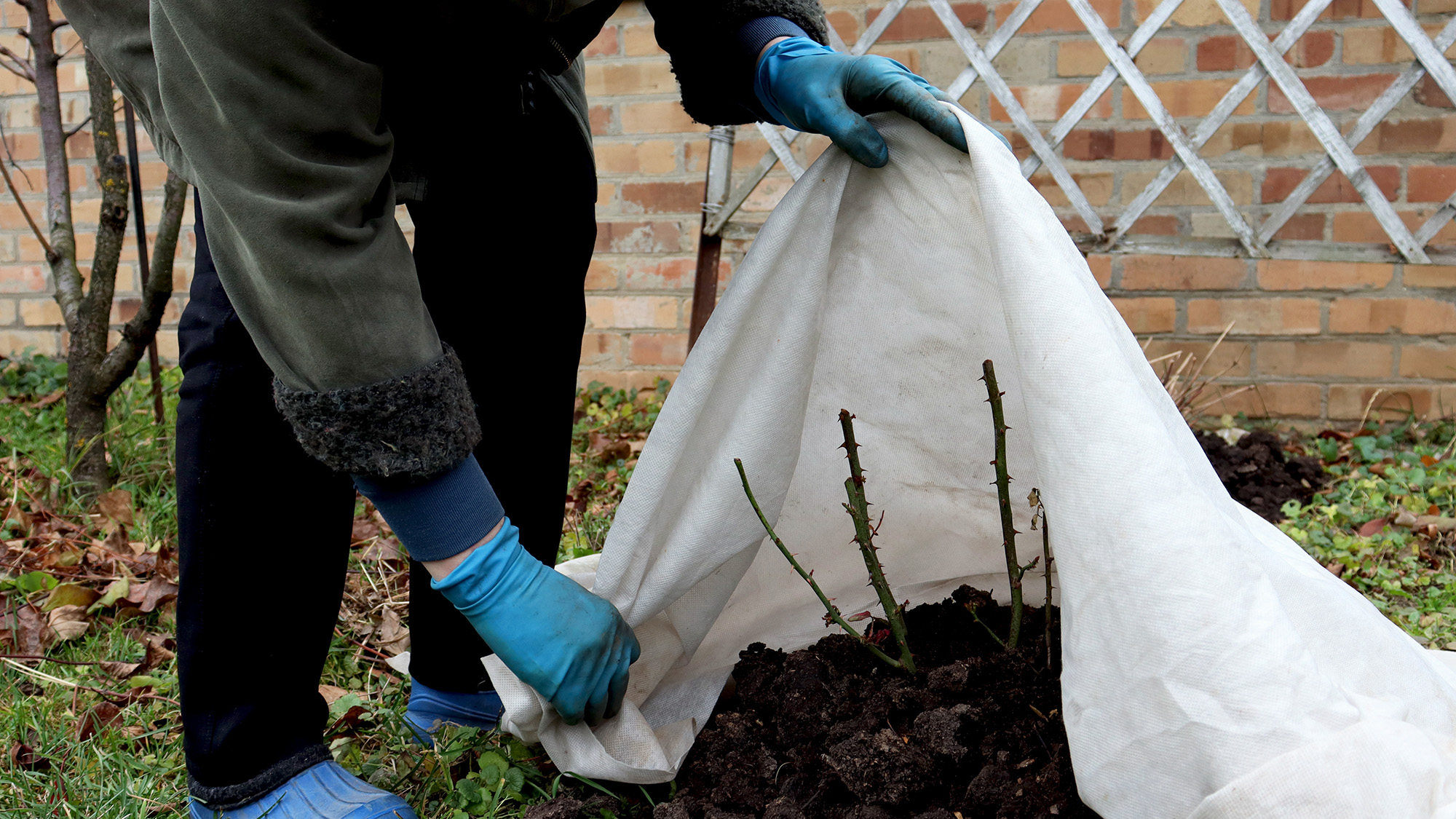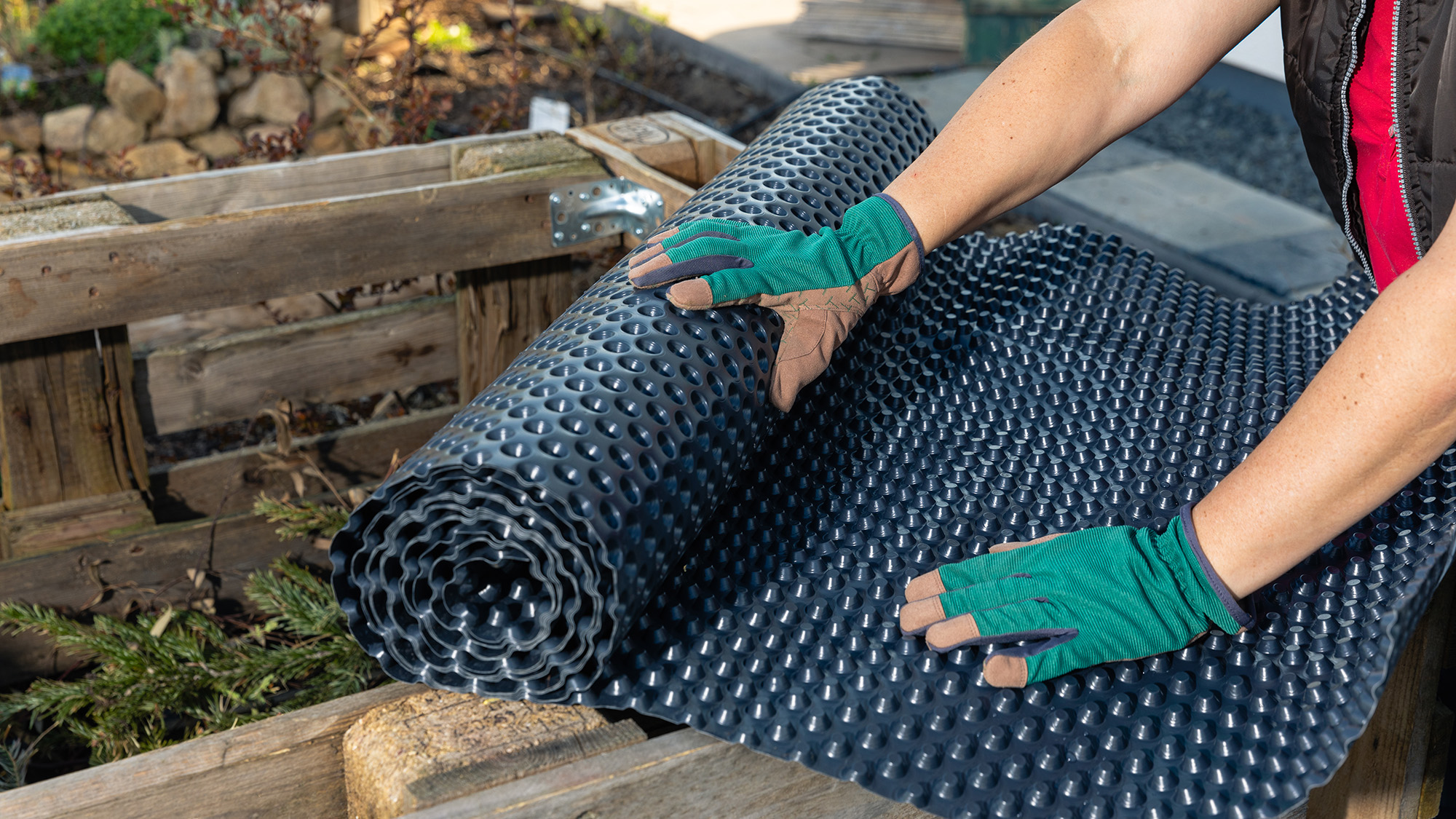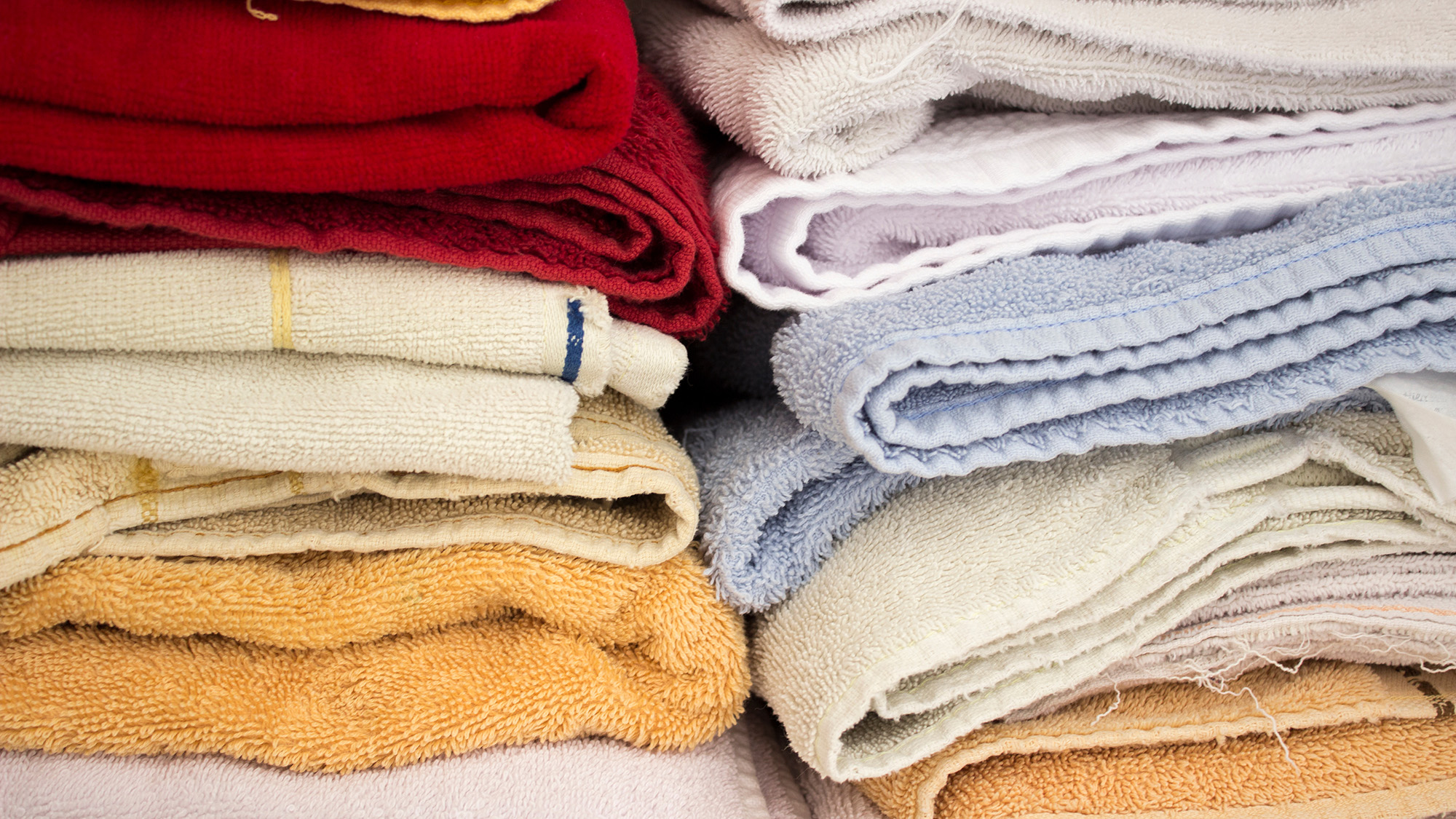5 household items that can protect your plants from frost
As the cold weather strikes, our outdoor plants need protection from the elements. Here are 5 techniques to cover your plants and protect them from frost.

When you’ve taken good care of your plants during the spring and summer, the last thing you want is to see them damaged by frost as the cold chill bites. But there are plenty of things you can do to protect your plants from frost, including knowing what to wrap them in.
When the cold weather hits, I automatically reach for thicker layers, and if I’m venturing outside into my yard, I always grab a cozy pair of the best gardening gloves and wrap myself up in a thick scarf to keep the cold at bay. When it comes to protecting your plants, they also need a little help to shield them from the elements, especially if you can’t bring them inside. If you don't manage to protect them, Jack Frost can wreak havoc with your yard and cause your much-loved plants to wilt, blacken, or die.
Not all plants will need to be protected from frost, but vegetables, annuals and tropical plants will need covering., and you can even protect container pots this winter. Here, we look at 5 ways to keep your plants protected from the frost to keep them healthy this winter.
1. Fleece

Horticultural fleece can be used to cover your plants to protect them from frost. The fleece traps warmth inside, but the material’s porous nature allows rain through, and excess heat and humidity to escape. It also has the added benefit of keeping pests away your plants.
Apart from being lightweight, fleece makes for an excellent insulator and can be re-used year-on-year. You can choose between light and heavier fleeces, and while lightweight versions will allow more light to flow through, heavier fleeces will provide added insulation for your tender plants.
You can also choose between plastic-free and polypropylene fleeces. Plastic-free fleece is made from plants rather than petroleum and will help you embrace using sustainable materials in your yard.
This extra thick 35gsm fleece blanket creates and retains warmth, protecting your plants from frost and insulating them from the cold. It allows air, moisture and sunlight to filter through, while providing pest protection from birds, animals and insects. The fleece polypropylene measures 5ft 10 inches x 33 inches.
2. Straw

After the first frost of the season, you can start laying down straw to protect your plants from damage. A good rule to follow, according to Blue Mountain Hay, is to add a 3-8 inch layer of straw, although the depth will depend on how cold your region is.
Get instant access to breaking news, the hottest reviews, great deals and helpful tips.
The best method is to take a small amount of straw at a time and place it around your plants. Blue Mountain Hay advises you to shake out any seeds from the straw to avoid gemination in your yard.
And according to Frosty Garden, it’s not the straw that insulates; it’s the air within the straw that creates an insulative effect.
3. Bubble wrap

Although it’s not an organic material, bubble wrap can also be used to protect your plants against frost. When wrapped around plants, it traps in warm air, protecting them from the wind and cold. However, because bubble wrap is nonporous, warm air stays in, but water and air can’t escape. Therefore, Plantura recommends only using it to wrap around the base of plant pots. But, if you cover the plant completely, it should only be done for a short time and should be ventilated regularly.
4. Newspaper

Although many of us get our daily dose of news online, good old-fashioned newspapers have a part to play in the yard. Apart from adding your old newspapers to your compost to encourage recycling and sustainable gardening, they can also be used to protect your plants from the cold.
Newspaper can be used to cover low-growing foliage, with MiracleGro suggesting it’s effective at protecting new seedlings and tender plants. It also recommends laying down the sheets gently and securing the corners.
5. Old towels

If you’re like me, you’ll have a pile of old towels in your house, and although I often add them to textile recycling, they can also be put to good use in the yard. As a natural material, they work as an effective cover to protect plants, keeping the warm air in. However, they also allow the plants to breathe and provide sufficient ventilation.
They are best used to cover large plants and shrubs and should be secured to ensure there are no gaps. And, if you need to join two towels together, you can do so by using clothespins. Bricks or large rocks can then be used to keep them in place at ground level.
More from Tom's Guide

Camilla is the Homes Staff Writer and covers everything to do with homes and gardens. She has a wealth of editorial experience, mounting over 30 years, and covers news and features, tests products for reviews and compiles buying guides.
Her work has appeared in business and consumer titles, including Ideal Home, Real Homes, House Beautiful, Homebuilding & Renovation, and Kitchen & Bathroom Business. She’s even appeared on the cover of Your Home, writing about her own house renovation.
Although she’s obsessed with decorating her home, she also enjoys baking and trying out the latest kitchen appliances. But when she’s not inside, you’ll find her pottering about in her yard, tending to her vegetable patch or taking in her prized hydrangeas.

